Fiber Micro
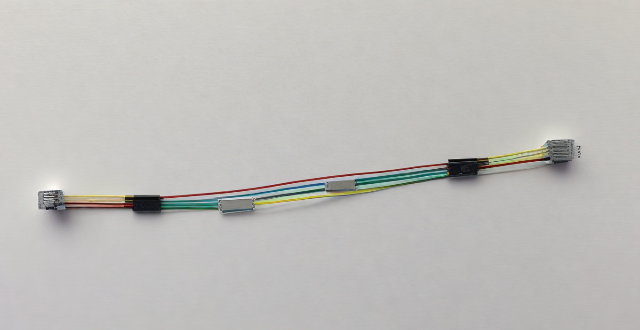
How does fiber optic broadband work ?
Fiber optic broadband is a high-speed internet connection that uses fiber-optic cables to transmit data. It works by converting electrical signals into light signals, which are then sent through the fiber-optic cables. The process involves conversion of electrical signals to light signals using a modem, transmission through fiber-optic cables, amplification of light signals using optical amplifiers, and conversion back to electrical signals using another modem. Fiber optic broadband offers several advantages over other types of internet connections, including higher speeds, greater bandwidth, improved reliability, and longer transmission distances.

Is fiber optic broadband available in my area ?
Fiber optic broadband is becoming increasingly popular due to its high speed and reliability. However, the availability of fiber optic broadband depends on the area you live in. In this article, we will discuss how to check if fiber optic broadband is available in your area. The first step is to check with your current internet service provider (ISP) if they offer fiber optic broadband in your area. You can contact them through their website or customer service hotline. They should be able to provide you with information about the availability of fiber optic broadband in your area. There are several online tools that can help you determine if fiber optic broadband is available in your area. One such tool is the [National Broadband Map](https://www.broadbandmap.gov/), which provides detailed information about broadband availability across the United States. Another tool is the [Google Fiber Checker](https://fiber.google.com/cities/), which allows you to enter your address and see if Google Fiber is available in your area. Local government agencies may also have information about the availability of fiber optic broadband in your area. You can contact your city or county government office and ask if they have any information about fiber optic broadband providers in your area. If you have friends or neighbors who use fiber optic broadband, you can ask them if they know of any providers in your area. They may be able to provide you with valuable information about the availability of fiber optic broadband in your area. In conclusion, checking the availability of fiber optic broadband in your area can be done by contacting your ISP, using online tools, checking with local government agencies, and asking your neighbors. By following these steps, you can determine if fiber optic broadband is available in your area and choose the best provider for your needs.

How fast is fiber optic broadband compared to other types of internet connections ?
Fiber optic broadband is the fastest internet connection type, offering significantly faster speeds and more reliable performance compared to DSL, cable, and satellite connections. Fiber optic broadband has very low latency, making it ideal for real-time applications like online gaming and video conferencing. It is also less susceptible to interference and signal degradation, resulting in more stable and consistent performance. Overall, fiber optic broadband is well-positioned to handle increasing bandwidth requirements due to its scalability and capacity for faster speeds.

How can I incorporate more fiber into my breakfast without it being time-consuming to prepare ?
Fiber is essential for a healthy diet, aiding in digestion and keeping you fuller for longer periods. Here are some quick and easy ways to incorporate more fiber into your breakfast: 1\. High-fiber cereals like Bran Flakes or Kashi GoLean can be paired with low-fat milk or almond milk. 2\. Swap out white bread for whole grain varieties and top them with natural peanut butter or avocado for an extra fiber boost. 3\. Add fruits like raspberries, blackberries, apples, and pears to your breakfast for a delicious way to start your day and an excellent source of fiber. 4\. Sprinkle chia seeds, flaxseeds, or chopped nuts onto your yogurt, oatmeal, or cereal for a rich source of fiber and healthy fats. 5\. Incorporate legumes like lentils and chickpeas into your breakfast by adding them to your breakfast salad or making a quick hummus to spread on your whole grain toast. 6\. Add vegetables like spinach, mushrooms, tomatoes, and avocados to your breakfast omelet or scramble for a tasty way to get more fiber.

What is fiber optic broadband ?
Fiber optic broadband, also known as fiber internet, is a type of internet connection that uses fiber-optic cables instead of traditional copper wires. It offers faster and more reliable internet speeds compared to other types of connections such as DSL or cable. Advantages: Speed: Fiber optic broadband can provide download speeds up to 100 times faster than traditional copper wire connections. Reliability: Fiber-optic cables are less susceptible to interference and signal degradation, making them more reliable than copper wires. Scalability: As technology advances, fiber-optic networks can be easily upgraded to support higher bandwidth needs without the need for new infrastructure. Security: Fiber-optic networks are generally more secure than copper wire networks because they are not affected by electromagnetic interference. Disadvantages: Cost: Fiber optic broadband can be more expensive than traditional copper wire connections due to the cost of installing fiber-optic cables. Availability: Fiber optic broadband may not be available in all areas, particularly in rural or remote locations. Installation: Installing fiber-optic cables requires specialized equipment and trained technicians, which can make installation more complex and time-consuming.

How much does fiber optic broadband cost ?
The cost of fiber optic broadband varies based on provider, location, speed, and additional fees. It is recommended to compare plans from different providers and consider all associated costs before making a decision.

Are there any disadvantages to using fiber optic broadband ?
Fiber optic broadband, known for its high speed and reliability, also has disadvantages such as high cost, limited availability, technical issues, speed variations, and environmental impact.
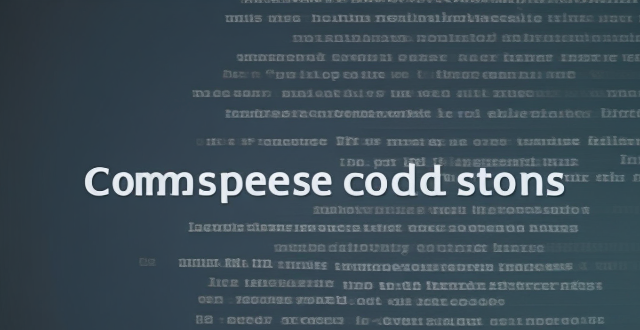
What is the difference between fiber optic and cable broadband connections ?
The text compares and contrasts two types of internet connections: Fiber Optic and Cable Broadband. It discusses their differences in terms of speed, reliability, availability, cost, and installation. The conclusion suggests that the choice between the two depends on the user's needs and budget.
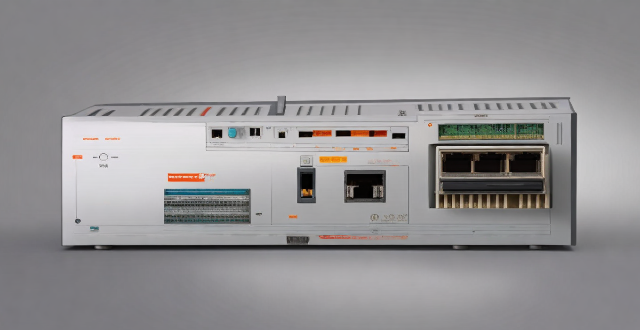
What equipment do I need for fiber optic broadband ?
Fiber optic broadband requires a modem/router combo, Ethernet cables, an optional network switch, powerline adapters for extending network reach, and wireless access points for improving Wi-Fi coverage.
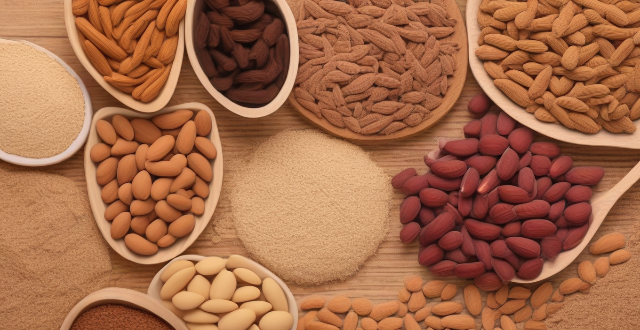
What are some low-calorie protein sources that are also high in fiber ?
Low-calorie protein sources that are also high in fiber include lentils, chickpeas, quinoa, edamame, almonds, chia seeds, black beans, artichokes, and peas. Incorporating these foods into your diet can help you achieve your weight loss goals while providing your body with the nutrients it needs to function properly.

What are some essential tools for deep cleaning my home ?
Deep cleaning your home requires the right tools for effectiveness and efficiency. Essential tools include a powerful vacuum with a HEPA filter, a multi-purpose steam cleaner with various attachments, highly absorbent and reusable microfiber cloths, sponges, scrub brushes, a squeegee, mops with microfiber heads, cleaning solutions, protective gear, step stools or ladders, extendable dusters, brushes, and storage containers for organization. Having these tools on hand ensures you're prepared for any deep cleaning task while prioritizing safety and efficiency.

How does going gluten-free affect children's nutrition ?
Going gluten-free can affect children's nutrition by reducing their intake of protein, vitamins, minerals, and fiber. To ensure they receive all the necessary nutrients, parents should include alternative sources of protein, such as beans and nuts, and high-fiber foods like fruits and vegetables. Meal planning is key to ensuring a balanced diet, and shopping tips include reading labels carefully and comparing prices. With careful planning, it is possible to provide children with healthy and delicious gluten-free meals that meet all nutritional needs.
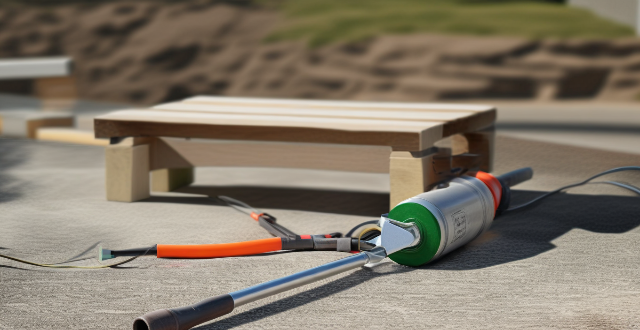
Can I install fiber optic broadband myself or do I need a professional ?
Fiber optic broadband installation is complex, requiring specialized tools and skills. While self-installation can save money and offer flexibility, it carries risks of damage and safety concerns. Professional installation ensures quality, time-saving, and support but can be costly. It's generally recommended to hire a professional for a smooth and reliable installation process.
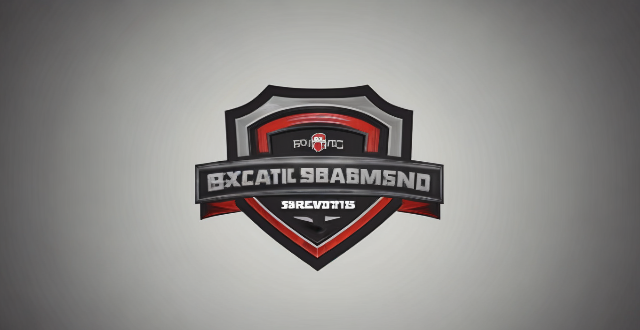
What are the advantages of fiber optic broadband over other types of internet connections ?
Fiber optic broadband offers faster speeds, greater bandwidth, better reliability, longer distance coverage, and future-proof technology compared to other types of internet connections. It is ideal for activities such as streaming high-definition videos, online gaming, and video conferencing, and can support multiple devices without lag or buffering issues. Fiber optic cables are not affected by electromagnetic interference or noise, ensuring a more consistent and stable connection. Additionally, fiber optic broadband is suitable for rural areas or large campuses where the distance between the provider's infrastructure and the user's location may be significant. Investing in fiber optic broadband is a smart choice for the future as it will be able to support higher speeds and greater bandwidth requirements.
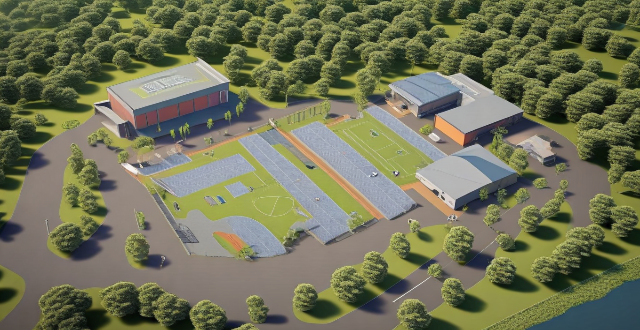
What new materials are being used in the production of sports equipment ?
The sports industry is constantly evolving, and with that evolution comes the introduction of new materials used in the production of sports equipment. These materials are designed to enhance performance, increase durability, and improve safety for athletes. Some of the latest materials being used in sports equipment production include carbon fiber, titanium, aerogel, Kevlar, and polyurethane foam. Carbon fiber is lightweight yet incredibly strong, making it ideal for use in items such as bicycle frames, tennis rackets, and golf clubs. Titanium is lightweight, corrosion-resistant, and extremely durable. Aerogel is incredibly light yet strong enough to support significant weight. Kevlar is known for its exceptional strength and heat resistance. Polyurethane foam provides excellent cushioning and shock absorption properties. As technology advances and athletes demand better performance from their gear, we can expect to see even more innovative materials being developed and incorporated into sports equipment production.
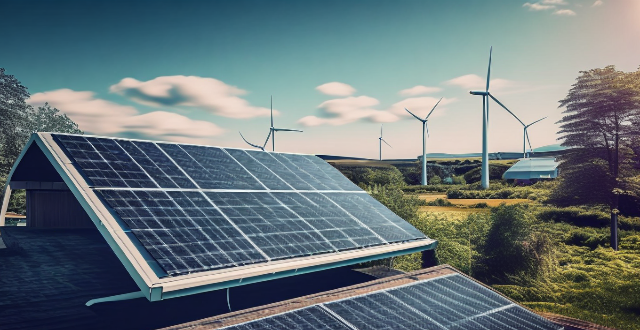
What are some innovative ways that people are using to generate their own alternative energy at home ?
The provided text discusses innovative ways to generate alternative energy at home. It mentions various methods such as solar power (solar panels, solar water heaters, solar chargers), wind power (home wind turbines, vertical axis wind turbines), hydropower (micro hydro systems, rainwater harvesting), geothermal energy (ground source heat pumps, geothermal water heaters), and biomass energy (wood burning stoves, biogas digesters). The conclusion highlights the potential of these methods in reducing a household's carbon footprint and contributing to a sustainable future.

What are the latest trends in influencer marketing ?
Influencer marketing has become an essential part of modern marketing strategies. The latest trends in influencer marketing include micro-influencers, user-generated content (UGC), virtual influencers, collaborative campaigns, inclusivity and diversity, interactive content, and influencer marketing analytics. Brands need to stay updated on these trends to remain competitive and effectively reach their target audience.

What measures can be taken to reduce agricultural water consumption ?
Agriculture is the largest consumer of water worldwide, accounting for approximately 70% of global freshwater withdrawals. Reducing agricultural water consumption is crucial for sustainable water management and food security. Here are some measures that can be taken to achieve this goal: 1. **Improved Irrigation Systems** - Drip irrigation delivers water directly to the root zone of plants, reducing waste through evaporation and runoff. - Sprinkler irrigation uses pipes or hoses to spray water over crops, allowing more precise control than surface methods. - Micro-irrigation includes drip tapes and micro-sprayers, which apply water slowly and directly to plant roots. 2. **Water-Saving Technologies** - Soil moisture sensors help farmers determine when and how much to irrigate based on soil moisture levels. - Weather stations provide data on rainfall, temperature, and humidity, enabling farmers to adjust irrigation schedules accordingly. - Automated control systems allow for real-time adjustments in irrigation based on sensor information. 3. **Efficient Crop Management** - Crop rotation helps maintain soil health and reduces water demand by alternating between high and low water-consuming crops. - Planting cover crops protects soil from erosion and improves its ability to retain moisture. - Intercropping leads to efficient use of resources, including water. 4. **Soil Health Management** - Composting adds organic matter, improving soil structure and making it better at holding water. - Minimal tillage helps maintain soil structure, reducing water loss through evaporation. - Mulching covers soil with layers of organic material, conserving moisture by reducing evaporation. 5. **Water Pricing and Policies** - Volumetric pricing encourages conservation among farmers by charging for water based on actual usage. - Subsidies for water-saving technologies promote adoption of water-efficient practices. - Regulations limiting excessive water extraction can drive efficiency improvements. 6. **Rainwater Harvesting** - Catchment systems collect rainwater from roofs or other surfaces for later use in irrigation. - Berms and swales divert runoff into fields or storage areas for future irrigation needs. 7. **Education and Training** - Extension programs provide farmers with knowledge about water-saving techniques through workshops and demonstrations. - Farmer field schools offer hands-on training sessions where farmers learn best practices directly in their fields. 8. **Genetic Improvement of Crops** - Drought-resistant varieties develop crop varieties that require less water without sacrificing yield. - Breeding programs enhance crops through selective breeding to increase their water use efficiency. 9. **Integrated Pest Management (IPM)** - Biological control methods reduce the need for water-intensive pesticide applications using natural predators. - Cultural practices like crop rotation and intercropping also help control pests naturally. 10. **Land Leveling** - Terrace construction on sloping lands helps retain water and prevent runoff. - Land leveling equipment ensures even water distribution during irrigation. By implementing these measures, agriculture can become more water-efficient, ensuring there is enough water available for both current and future generations while maintaining agricultural productivity.
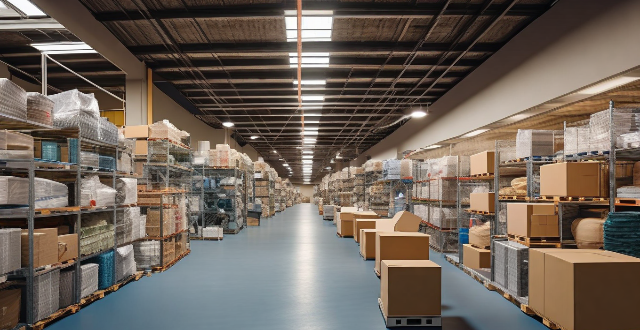
How can insurers adapt to climate change and its impacts on their business ?
Insurers must adapt proactively to mitigate potential losses and maintain their business sustainability, including understanding climate change risks, innovating products and services, adjusting pricing and underwriting strategies, managing risks effectively, establishing governance and transparency, and fostering collaboration and partnerships.

Where can I get a free meal on my birthday ?
**Where Can I Get a Free Meal on My Birthday?** If you're looking for a free meal on your birthday, several restaurants and chains offer birthday deals. Here are some popular options: - **Dairy Queen**: Sign up for the Blizzard Fan Club and get a coupon for a free Blizzard treat. - **IHOP**: Join the Pancake Revolution eClub and receive a free stack of pancakes. - **Red Lobster**: Sign up for the Fresh Catch Club and get a coupon for a free appetizer or dessert. - **Olive Garden**: Join the eClub and receive a coupon for a free dessert. - **Panda Express**: Sign up for emails and receive a coupon for a free entree. - **Baskin-Robbins**: Sign up for the Birthday Club and receive a coupon for free ice cream. - **Aunt Lois' Micro Bakery**: Sign up for their newsletter and receive a coupon for a free scone. - **California Pizza Kitchen**: Join the CPK Rewards program and receive a coupon for a free small plate. - **Chevys Fresh Mex**: Sign up for Chevys Rewards and receive a coupon for a free entrée. Make sure to check the terms and conditions of each offer and sign up in advance to ensure you receive your coupons before your birthday.
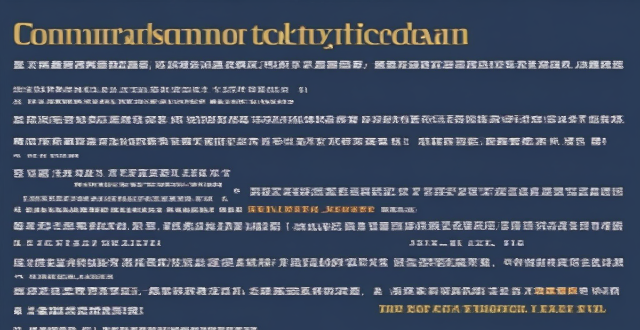
What are the top tech stocks to invest in right now ?
This text is a summary of the top tech stocks to invest in right now. It provides an overview of 10 companies, including their market cap, sector, and recent news. The companies listed are Apple Inc., Microsoft Corporation, Amazon.com, Inc., Alphabet Inc., Facebook, Inc., NVIDIA Corporation, Tesla, Inc., Advanced Micro Devices, Inc., Zoom Video Communications, Inc., and Salesforce.com, Inc.

Are there any apps that can help me improve my saving habits ?
The article discusses various apps that can help improve saving habits. These include Mint, Acorns, Goodbudget, and Digit. Mint is a free budgeting and personal finance app that helps track spending, create a budget, and set financial goals. Acorns is a micro-investing app that rounds up purchases to the nearest dollar and invests the difference in low-cost index funds. Goodbudget is a simple yet powerful budgeting tool that uses the envelope method to manage money effectively. Digit is a smart savings app that automatically transfers small amounts of money from checking accounts into separate savings accounts based on spending patterns. By using these apps, one can develop better saving habits and work towards achieving financial goals more efficiently.
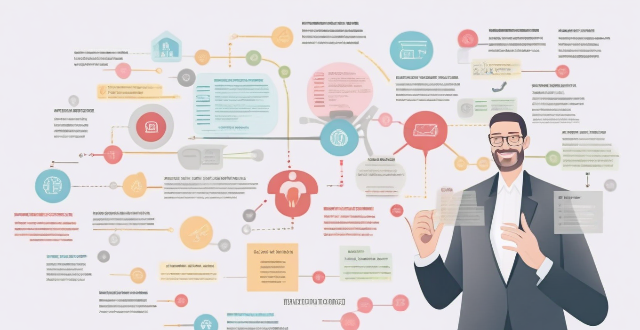
How much do brands typically pay influencers for marketing campaigns ?
Influencer marketing is a popular strategy for brands to reach their target audience, with fees varying based on factors such as follower count, engagement rates, industry niche, content quality, campaign duration, exclusivity requirements, and additional services provided. Micro-influencers charge less but offer a more engaged and niche audience, while mega-influencers can command high fees due to their significant reach. High engagement rates and professional-quality content are also important considerations in determining influencer fees. Longer campaigns and exclusive agreements can increase the overall cost of the partnership.

How effective are microfinance programs in improving the economic status of women in developing countries ?
Microfinance programs aim to alleviate poverty, especiallyMicrofinance programs aim to alleviate poverty, especially, by offering small loans and especially among women in developing countries, by offering small loans and savings opportunities. These initiatives can lead to increased entrepreneurship, economic empowerment, and community development. However, their effectiveness varies due to factors like high interest rates and market saturation. To maximize impact, best practices include tailored loan products, capacity building, sustainable development, and partnership with governments and NGOs.
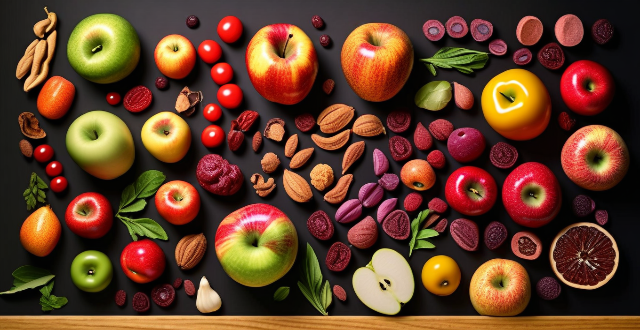
What are the best low-calorie snacks to eat between meals ?
When it comes to snacking between meals, low-calorie options that provide nutritional benefits are key. Fruits like apple slices with almond butter and berries with Greek yogurt are great choices. Vegetables such as carrot sticks with hummus and bell pepper strips with guacamole offer vitamins and healthy fats. Nuts and seeds like almonds, pistachios, and sunflower seeds provide protein and fiber but require portion control. Whole grains like air-popped popcorn and rice cakes with avocado spread are also good options. Incorporating these snacks can help you stay satisfied without derailing your diet goals.